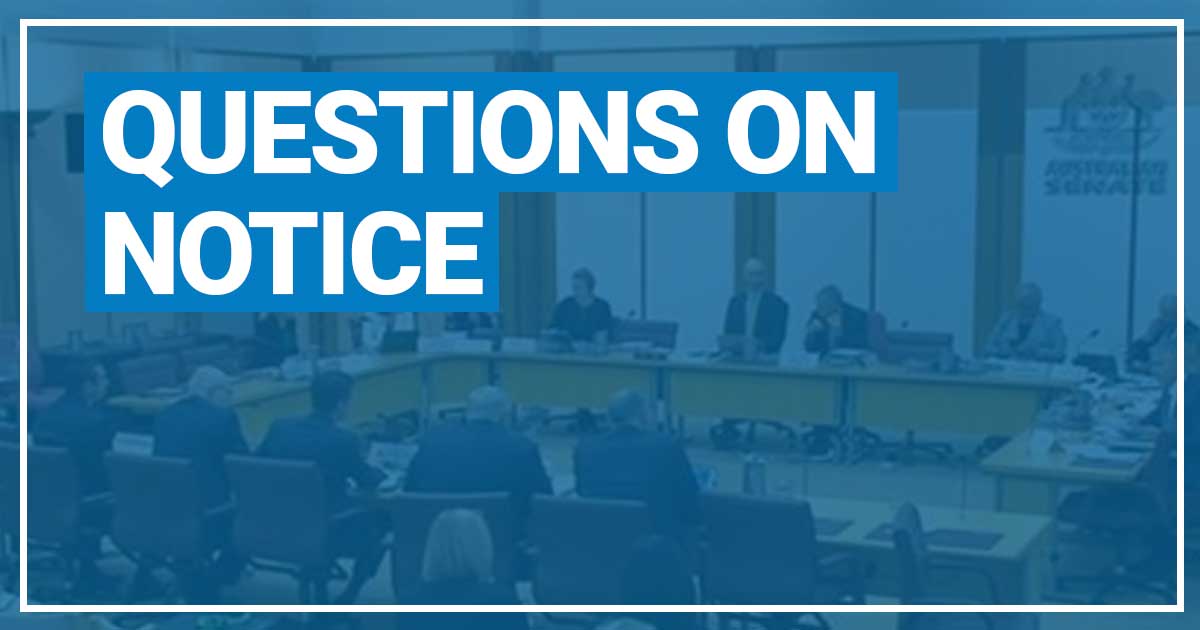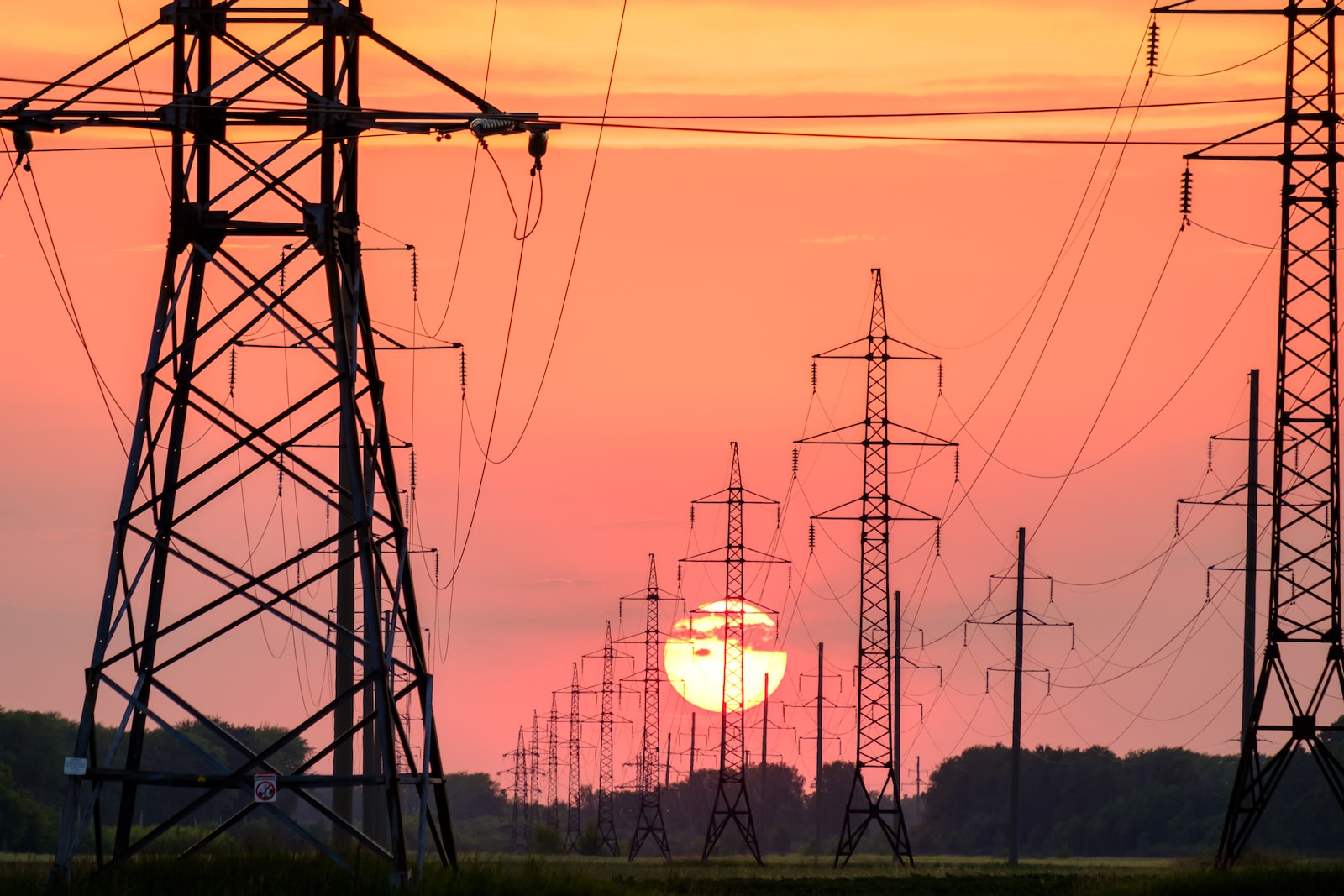
1. In 1996, when the Bureau converted to custom-made electronic probes for temperature recording, rather than averaging temperatures over one to five minutes as is standard practice around the world from such equipment, did the Bureau start recording one second extrema resulting in a non-standard method of measuring (spot readings) from non-standard equipment (custom-built probes) making it impossible to establish the equivalence of recent temperatures with historical data? 2. How did the Bureau take into account the change in thermometers from mercury/alcohol to platinum resistance thermometers when homogenising data? 3. Could the Bureau provide specifications for the platinum resistance thermometers? 4. Why did the Bureau manipulate thermometers at Goulburn and Thredbo by putting a limit on how low the temperature can go? 5. Could the Bureau explain why putting a downside limit on temperature recordings isn’t fraudulent? 6. Why should the Bureau be believed when it says there were the only two weather stations (Goulburn and Thredbo) out of 700 stations where downside limits were placed on thermometers? 7. Given these two stations were detected by external sources shouldn’t the entire network by audited by an external auditor on a regular basis to ensure that there has been no further tampering of thermometers by the Bureau? 8. In 2011, the new Australian Climate Observation Reference Network – Surface Air Temperatures (ACORN-SAT) system for calculating the national average temperature removed 57 stations from its calculations, replacing them with 36 on-average hotter stations. Can the bureau confirm this had the effect of increasing the homogenised Australian average temperature by 0.42 degree Celsius, independently of any actual change in the weather?
Question Number: 50PDR Number: SQ22-000099Date Submitted: 22/02/2022Department or Body: Agriculture Water and Environment 1. The Bureau of Meteorology’s (The Bureau) automatic weather stations (AWS) record 1-minute air temperature data in accord with World Meteorological Organization recommendations. These 1-minute values are























